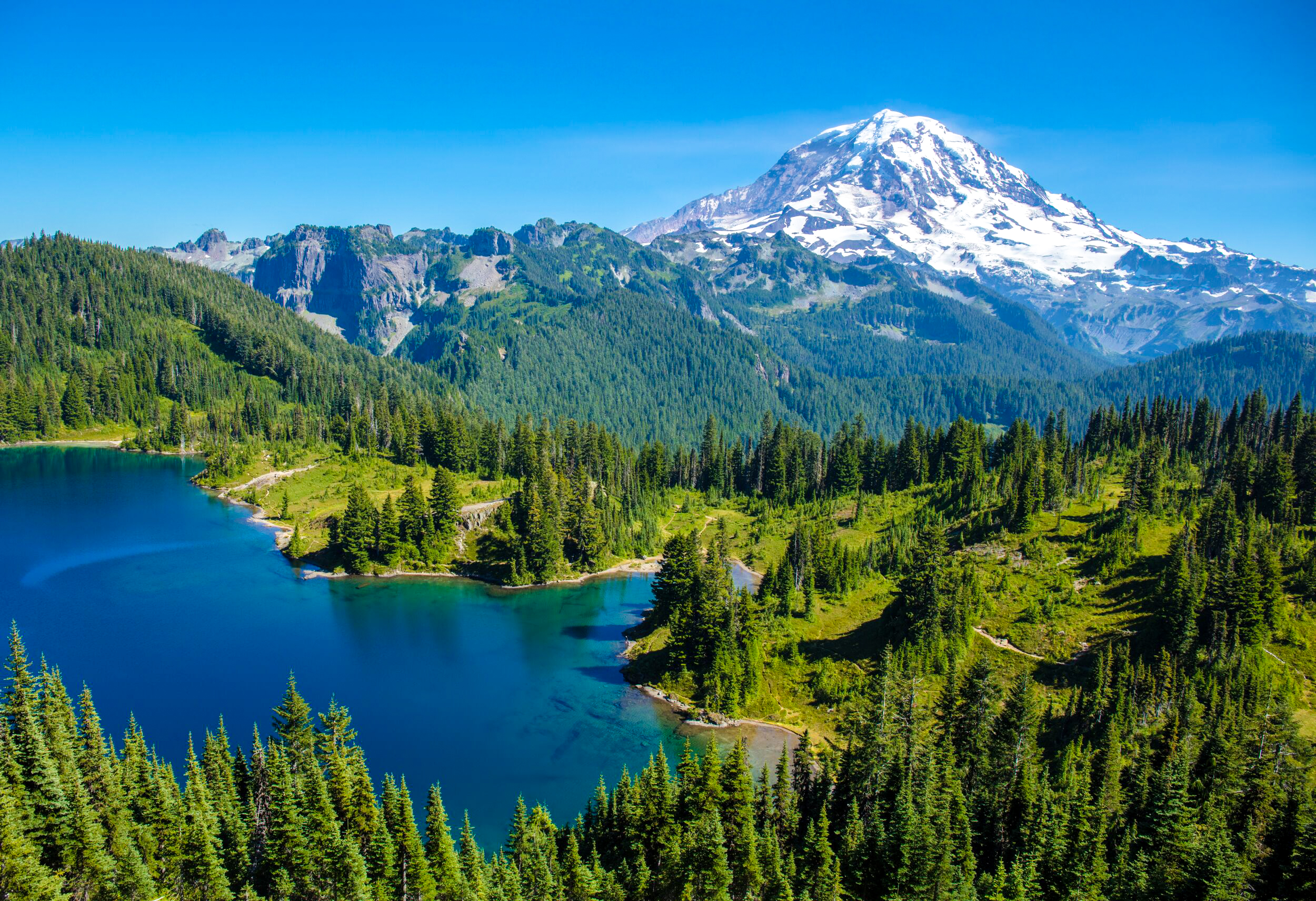Best time to visit: Year Around
Recommended Hikes: Queen's Garden, Navajo Loop through Wall Street, Peekaboo Loop, the Hat Shop
Ideal For: Hiking, Horseback Riding, Camping, Auto-Touring, Backpacking
Where to stay: Numerous options for RV parks, campgrounds, and hotels just outside the park entrance.
Useful Info:
Dogs - the general rule for dogs in national parks is that they must be leashed and are only allowed on paved areas, which includes parking areas, roads, and front country campgrounds. Dogs are not allowed on park trails, even when leashed.
Hiking below the rim in Bryce NP is some of the most enjoyable hiking I have experienced to date. If you are able, I highly recommend venturing down into the canyon to see the hoodoos up close. This provides a much deeper perspective of the landscape than you can achieve from the viewpoints above.
The small town of Bryce lies just outside of the park entrance; it has restaurants, grocery stores, and places to stay (hotels, campgrounds, and RV parks).
It takes about 30 minutes (one-way) to drive from the park entrance to Rainbow Point at the southern end of the park.
A trip to Bryce can be combined with a trip to nearby Zion National Park and Grand Staircase Escalante National Monument.
Drinking water is available at the visitor center and at several major viewpoints - bring your water bottles to fill up.
Shuttles run during the summer half of the year from "Ruby's Inn and Campground/RV Park" which is just outside the park boundary to all the major viewpoints along the main amphitheater area. Parking can be limited, so using the shuttle can save a lot of hassle. The shuttles do NOT run further south to Natural Bridge or to Rainbow Point - you will need to drive to reach those destinations. There is no charge to use the shuttles - it is included with the park entrance fee.
Bryce Canyon is an otherworldly landscape of densely packed, free-standing rock spires called "hoodoos". The hoodoos run along a ridge that is about 15 miles long, but they are most abundant in a few mile section called the "Bryce Amphitheater" - referred to below as the "main amphitheater". Bryce is a year-round destination, but it gets significant snow during winter.
Must See Attractions:
Viewpoints - there are many great viewpoints along the rim of Bryce Canyon, accessible by car, park shuttle, and walking paths. All the major viewpoints in the main amphitheater are worth seeing, including Sunrise Point, Sunset Point, Inspiration Point, and Bryce Point.
Natural Bridge - this is a large and unique arch that is visible from a viewpoint just off the main park road. It's roughly a 20 minute drive to get here from the visitor center. There is no "below-the-rim" access in this area.
The following attractions are below the canyon rim - seeing them requires visitors to hike down at least 350 vertical feet, and also hike back up afterwards.
Queen's Garden - just beneath Sunrise Point, this is one of two areas in the main amphitheater that feature exceptionally large hoodoos. The Queen's Garden is impressive to witness from both above and below. There is a small hiking detour from the Navajo Loop that leads into the Queen's Garden. Read more about the hike here.
the Queen's Garden, Bryce Canyon National Park, Utah
Wall Street - Wall Street is essentially a slot canyon made of hoodoos. A single hiking path runs right through the heart of it and it's perhaps the biggest attraction in the park. Wall Street is located just below Sunset Point and it can be seen as a part of the Navajo and Peekaboo Loop hikes discussed below. Read more about the hike here. Note - Wall Street is closed when there are freezing temperatures - if you visit in winter, spring, or late fall, Wall Street will likely be closed.
Mossy Cave - There is a cool waterfall outside of the main park area, on a very short hike called “Mossy Cave”. The waterfall was created by people who redirected a creek in the 1800s'. There is also a cave near the waterfall. This area is worth seeing! Read more about it here.
Where to Stay:
There are more options for lodging outside the park boundaries in and around the small town of Bryce, including hotels, RV parks, and private campgrounds. Ruby's Inn is a good option for camping just outside the park and they have showers and wifi.
There are two campgrounds within the park which can be reserved in advance. The North Campground can be reserved here and the Sunset Campground here - they fill up early so book well in advance if possible.
Hiking in Bryce:
Navajo Loop through Wall Street and the Queen's Garden - If you do one hike in Bryce, this is the one to do. It is a loop hike that connects Sunset and Sunrise Points with a 3 mile trek through the hoodoos. The trail leads through both Wall Street and the Queen's Garden which are both must-see attractions. Read more about this hike on the park's website here.
Peakaboo Loop - Similar to Navajo Loop but longer - this trail leads down from Bryce Point on the south side of the main amphitheater and meets up with Navajo Loop at the base of the amphitheater. Bryce Point has a higher elevation starting point, so climbing out is more difficult than Navajo Loop. Read more about the Peekaboo Loop hike here.
My favorite hike to do in Bryce is to combine the above two loops into a single "through" hike. If you start at Bryce Point, you can hike down to the amphitheater floor on Peekaboo Loop, and then turn left onto the Navajo Loop to see Wall Street. There are steep switchbacks that ascend from the other side of Wall Street up to the rim, but instead of taking those up, backtrack in the other direction on Navajo Loop. This will bring you along the valley floor to the Queen's Garden, which you can explore before making your final ascent out of the amphitheater at Sunrise Point. Bryce Point has a significantly higher elevation than Sunrise Point, so start the hike at Bryce Point for an easier climb out of the amphitheater. Make sure the shuttles are running before you do this hike!
The rim trail is another great hike and it's a perfect option if you don't want to hike down into the canyon. The trail runs from Bryce point to Sunrise point, and then further north up to Fairyland Point from there. The trail has a slight decline from south to north, so it's best to park at Sunrise Point and then take the shuttle over to Bryce Point. From there, the walk along the rim back to your car will be mostly downhill.
The Hat Shop - If you want to escape some of the crowds in the main amphitheater, consider the hike to the “Hat Shop”. Its a few miles down the “Under the Rim Trail” which begins at Bryce Point. This is a good option if you have done all the hikes in the main amphitheater and are looking for something new. Read more about it here.
Off the Beaten Track:
Fairyland Canyon sits on the northern end of the park and is always much less crowded than the main amphitheater. There is a trail that descends from Fairyland into the valley and eventually runs into Navajo Loop, passing another natural bridge in the park called "Tower Bridge". The road out to Fairyland is not serviced by the shuttle system and is closed during winter. Read more about the Fairyland hike here.
Rainbow Point is at the very southern end of the park and it will also usually be less crowded than the main amphitheater. There are several hiking tails that descend below the rim from here, including the Under the Rim Trail which runs all the way to Bryce Point. This trail is cool but not nearly as scenic as the trails in the main amphitheater.



















